
Hello Everyone!
Thanks to everyone who applied to Startup Labs. Applications are officially closed and I’ll be reviewing everyone’s replies and answers this week. Expect an email from me.
🌿 In case you missed it, here’s last week’s edition about how I’d start a D2C online plant company in the $11.7 Billion USD industry.
Let’s get crackin’!
🚀 Startup Labs
// A business idea, explored
Curated Commerce
With more options available to consumers than ever before, buyers are becoming more discerning. They want the best. But they also don’t want to have to scour the web for it themselves.
Currently, around 8% of all personal luxury good (jewellery, clothing, personal accessories, shoes, watches and other leather goods etc.) sales happen online (Conservative 2016 estimate). That’s roughly $22.6 Billion USD a year of a $287 Billion USD luxury goods market.
This is up 500% from 2009, and is expected to more than triple until 2025, when almost a fifth of all personal luxury goods sales will happen online.

Add this to the fact that almost 80% of all personal luxury goods sales are digitally influenced, and there is a very compelling case for dipping your toes into a market with notoriously high margins, and customer demand.
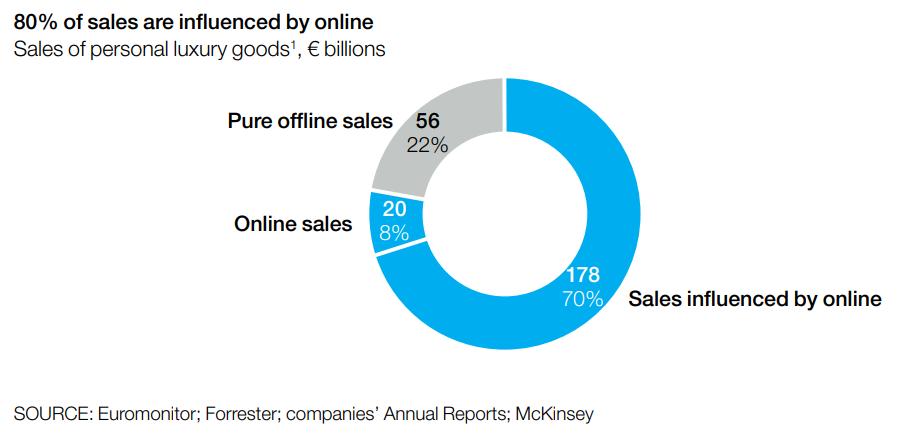
Another promising indicator is that within the personal luxury goods arena, ‘affordable luxury goods’ is driving the growth trend. And that segment is dominated by the digital-first millennial generation, who spend roughly 17.5 hours a week on the internet.
Here’s the gist of it:
The personal luxury goods market is growing.
That growth is driven by millenials and boomers, who spend majority of their time online.
Only 1 in every 5 people shopping for a luxury good make the whole transaction without consulting the internet.
How do we take advantage of this?
⚡ The Opportunity
Buying luxury goods is buying a desired way of life. You’re buying a desired perception. Status.
The problem is, there are so many choices. Consider shopping for a pair of men’s board-shorts at a popular US-based retailer:

So. Many. Options.
When you’re buying luxury goods, you’re buying a way of life. But if you’re just dipping your toes in that water, how do you know if you’re getting the ‘in’ things.
Enter: Curated Commerce.
You’re facilitating a look. Or an outcome.
There are three main ways curated commerce is happening currently:
Tell me what you like, and I’ll send you a curated bundle of goods according to your preferences, because I know everything available.
I’m the expert, I know what you’ll like.
I’m like you, and we like similar things.
This newsletter is about low barrier to entry businesses that most people can start. So we’re going with a hybrid of option 2 and 3. (Option 1 means using custom software or humans, and that’s a long story to get off the ground)
Almost everyone has a hobby where you will know more about the industry than most other people. And that’s all that’s required. You just need to know more than most people, so you can help them decide.
💥 Features
To get some inspiration going, look here:
Wirecutter is one of the grandaddy’s of online-good’s curation. They were mostly focused on electronics and gadgets when they started. They did $150 million USD in revenue over 5 years, starting from scratch. Bought by NY Times for $30 million in 2016.
Huckberry, although mostly an online store, doesn’t actually make any clothes themselves. They’re curating the discerning outdoor gentlemen. The type of guy who buys a Land Rover because he likes to drive into the country side once in a while and do some ‘off-roading’.
Blue Apron is an example of curated commerce in the cooking niche. We choose your responsibly sourced, healthy ingredients, put it all together in a box and all you have to do is follow a recipe.
A lot of people also don’t understand the financial model behind these businesses, but it’s essentially a lead-generation model:
You have a unique way of reaching the people we want to do business with.
You refer them to us.
If they buy something from us, we’ll pay you commission (normally a percentage of the sale value).
📈 Gameplan
Decide on a niche.
Decide on a customer. (Someone like you is easiest.)
Create content.
Find partners.
Niche
Your niche is going to be the products you’re going to be curating. Consider these when choosing a niche:
What are your interests?
What are you good at?
Where are there a good amount of products available? (Is the niche big enough that you’re not going to run out of content after reviewing one company?)
Do the companies selling those products have affiliate programs? (Look in their website footers or google [company] + affiliate)
For the sake of not trying to tick all the boxes going through this, I’m going to use an example for the remainder of this.
We’ll be pretending I’m doing a curation site for outdoor enthusiasts (because I am one). I encourage you to pick your own niche now, and follow along.
From experience, here are some good options (You can go more-narrow than these):
Fashion (Pick a niche! Fashion for corporate mom’s, or for trendy young dad’s)
Home goods
Food
Customer
Now, you need to decide who you’re going to be targeting.
Depending on how specific your niche is, this will be largely defined for you. If it isn’t, pick a target customer and then create a profile of them. Here’s how to do that.
Content
The success of this site is going to be almost solely dependent on organic traffic. No one clicks on ads for “Best hiking boots comparisons”.
But that’s great, because it’s low risk. And it’s fun. You’re essentially writing and creating content about a subject you love. And if that is the case - you’re almost always going to make it work.
My content approach would be three-pronged:
Reviews
Curation
Miscellaneous
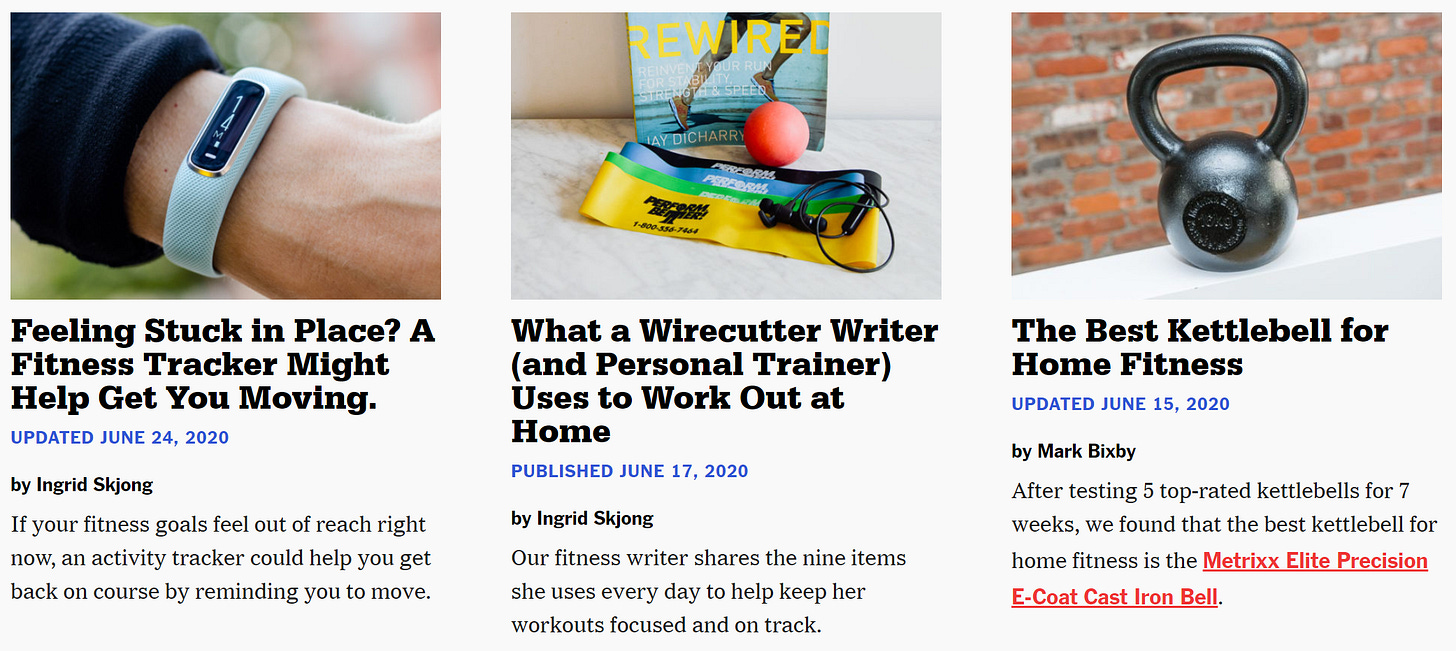
REVIEWS
These would be your direct product reviews. They’d be your main revenue driver.
Things like:
Top 5 Ultra-light Tents for Hiking
The Ultimate Hiking Cooking Set
Mountain Goat Leather Boots: Are They Worth $300?
Go above and beyond what anyone else is doing. Do practical real-life testing:
Did these boots melt when I had them near the fire?
Did they get smelly after getting wet on a long hike?
How did the leather hold up after scratching them on rocks?
Initially, you may have to buy products while you’re getting your name out there. That’s half the reason I went with the three-pronged approach. If you do want to start with product reviews before you’ve got some traffic coming in, do it on products that you’ve already bought or your friends have. You’d be surprised how generous people are.
Make these reviews the best you can possibly do. They’ll be what potential partners look at when they’re considering whether they send you new products to test or not and ultimately whether you can partner with them or not.
One thing: Make sure your reader knows your conclusion. There’s nothing worse than reading a long blog post about three different products and at the end you are still no closer to your decision.
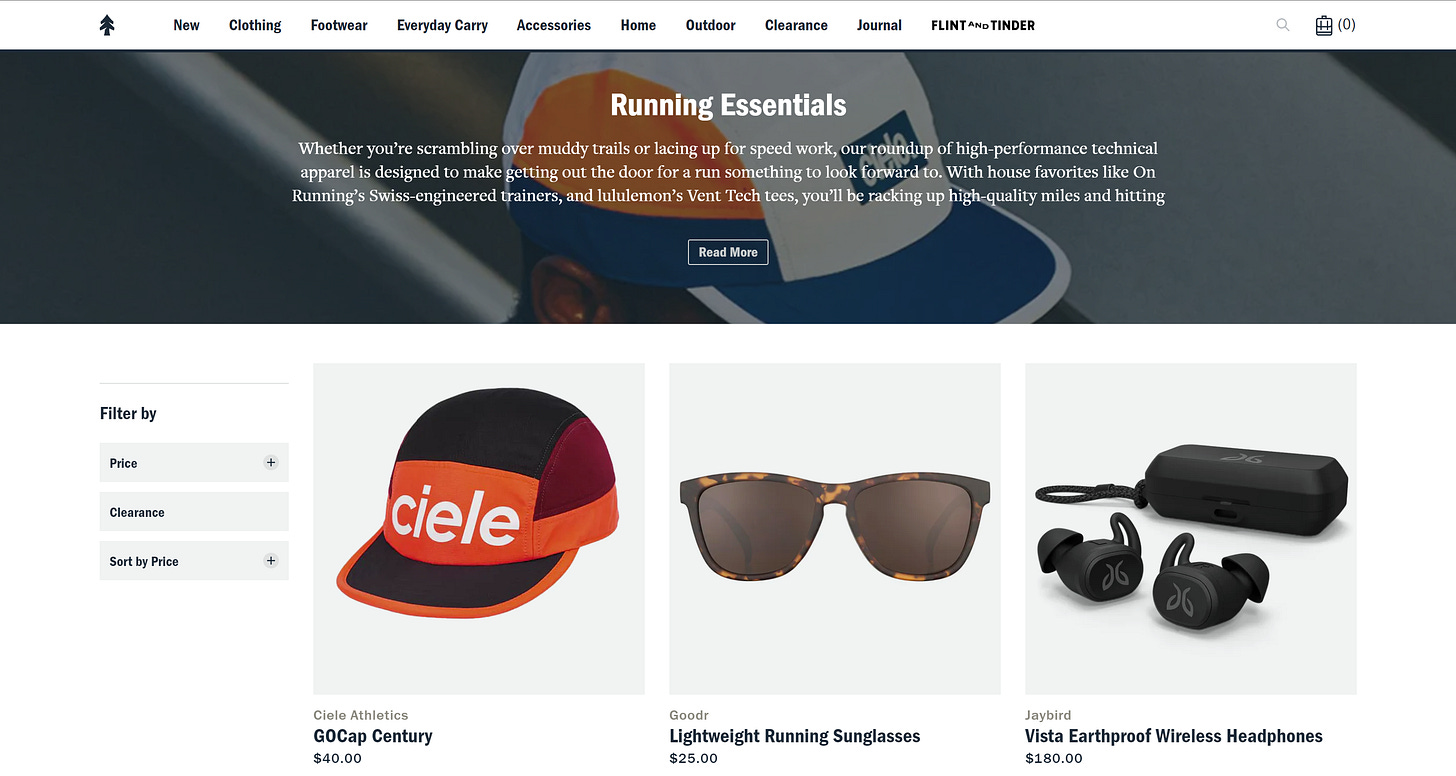
CURATION
Curation is going to be a big part of the look and feel of your site. It’s going to be different from reviews in that you’re not showing benefits and drawbacks, you’re simply curating a group of products that you use and enjoy.
People are inherently lazy. They want quick wins, with little effort.
If you look on most YouTuber’s video’s, you’ll see they have a bunch of Amazon affiliate links in the description. That’s their curation of products.
In my outdoor adventure niche I’d curate collections like this:
The Ultimate Light-Weight Hiking Collection
The Weekend-Warrior Running Collection
Adventure Biking: Everything You Need
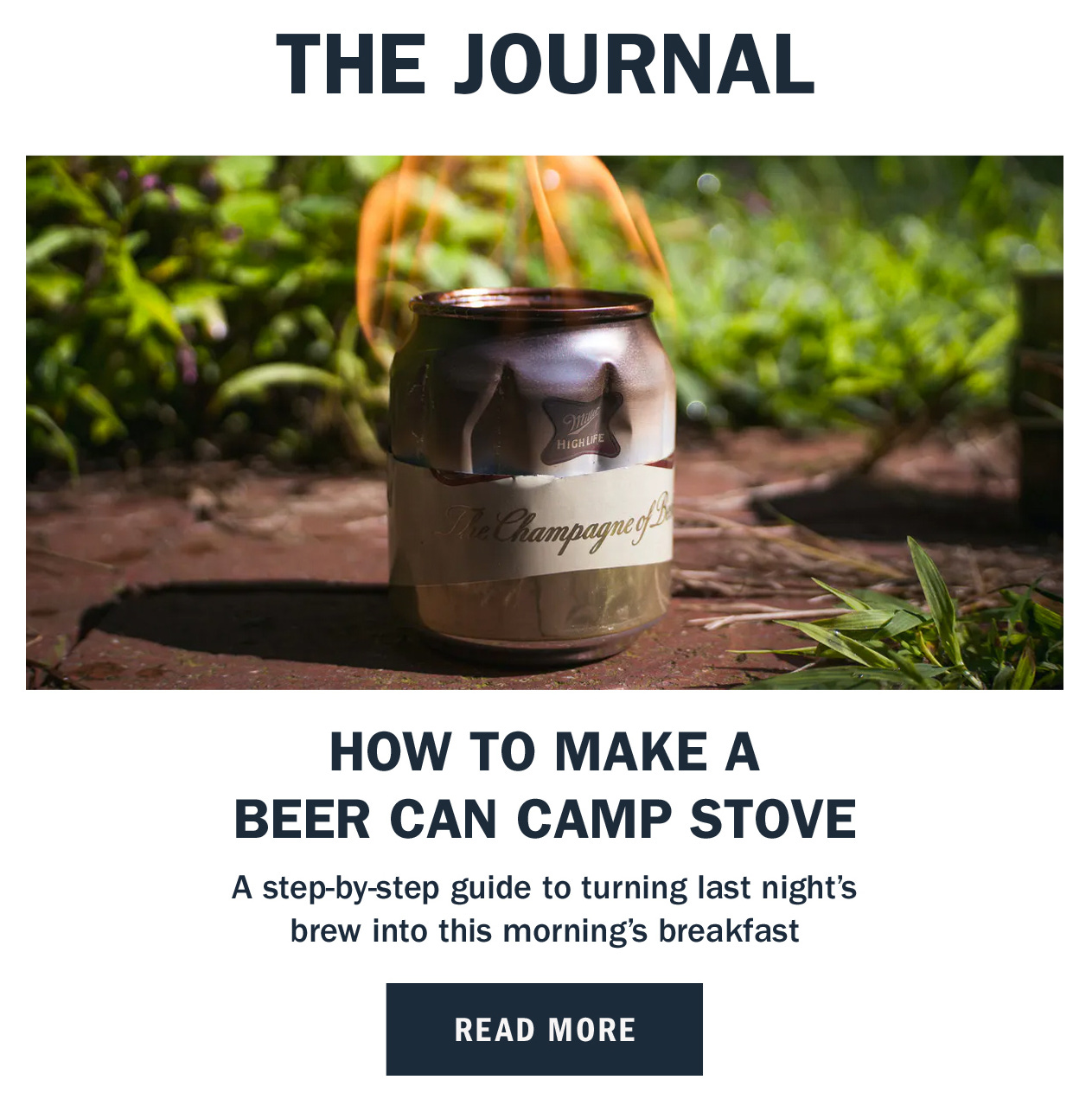
MISC. & MEDIA
One of the successes of Huckberry’s email marketing efforts is the fact that there is value in there for the reader, whether they buy or not.
In every email, they include a post from their ‘Journal’ and a section they call ‘Distractions’ which is basically a few interesting things that resonates with their audience from around the web - outside of their brand.
This triggers and endorphin response, and means the next time a Huckberry email arrives in your inbox, you’re more likely to open it. There’s always something good inside.
That’s what you want your readers to think. Even when they’re not buying from you, you need to provide value.
That comes in the form of great media, and great content. Write articles, do epic photo-ops, do video interviews with celebs and well-known people in your niche.
For my adventure-based site, I’d do this:
Epic photo-ops on multi-day mountain hikes, which you can download as wallpapers.
Interview famous trail runners and put their race-day routines online.
Probably start a podcast where I speak to adventurers and they tell their most epic stories.
Write helpful fitness guides about running in the mountains.
Partners
From the outset, remember this: The only reason that other companies are going to work with you is if you give them value.
You need to demonstrate that you can generate revenue for them.
To do this, you need to build up a readership. Here are some good goals to aim for so you can demonstrate your ability to generate revenue:
20k Unique Monthly Views
<50% Bounce Rate
>3 Mins average Time on Site
>30% Return User Rate
You’ll also want to start building a email list of users. Keep track of those metrics so you can demonstrate your ability to reach an audience immediately.
In the spirit of transparency, here were our metrics from the last edition (Not my best, but pretty good by industry standards):
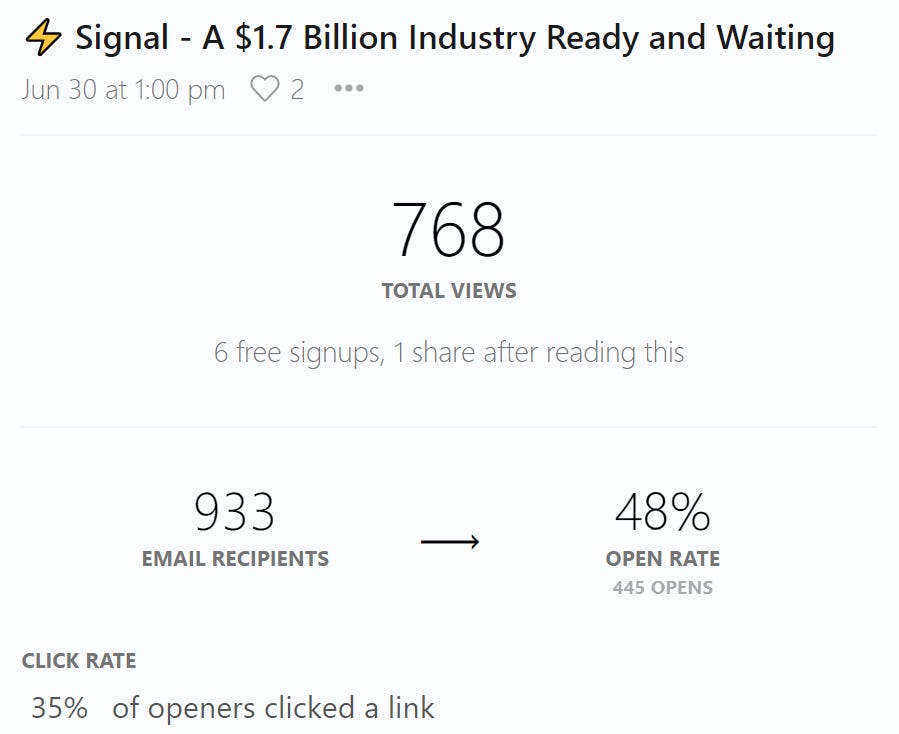
Here are some tips for going after partners who are going to monetize your site:
Most important: Be persistent. Follow up until you get an answer. If they’re going to say no, they’re going to say no regardless of whether you follow up. No answer isn’t good enough. Email, phone, go to their offices. Show this matters, and you’re not going away.
Create value first. Have something to send them: “I did this review on your Hiking Boots. It’s been viewed by over 10 000 people so far, and I’ve sent roughly 1000 of those people to your website”. Use ?ref= tags in your links so they can look in their analytics and verify your numbers.
Start with the small fish. Don’t try and go after Timberland on your first go. It’s not going to happen. Get some traction with smaller, lesser-known brands and then work your way up. When you’ve got a few on board, you will then have a model to show to the bigger guys.
Start on low commission. Renegotiate once your model is working. Make it a win-win. If you sell more, I get more. Get your interests aligned.
Sign an agreement! Too many small business owners get screwed over because they don’t have solid agreements in place. I made this mistake once and it came back to bite me. Check out Avodocs, they might be able to help.
Want more?
I’ll go more in depth on an SEO strategy and how to get your organic content ranking, and also how you can setup one of the most lucrative forms of commerce-curation: Subscription boxes.
Click below and I’ll email you a link to the full article. It’ll cost yah - though.
🛠️ Skill Builder
// A skill to add to your founder’s toolbox
At the advice from a few readers, I’m phasing out the Skill Builder segment.
Have your say:
🖱️ Clickworthy
// Valuable tidbits from around the interweb
🔖 An essay I’ve been thinking a lot about from the guys over at a16z (heard of ‘em?): The battle between every startup and incumbent comes down to whether the startup gets distribution before the incumbent gets innovation.
💡 I’ve got an ever-growing list of business ideas. I add 3 to 5 every single day. Here’s how to come up with business ideas. TL;DR - Stop trying.
💻 Thinking of throwing a virtual event? Here’s a crash course.
📱 Something completely random: I stumbled upon Nomad.com this week. They must have some of the coolest tech-accessories around. I’m a Pixel 4 user, so their cases appealed to me.
👋 The End Notes
// I know, I know. I can almost hear you saying "Don't go, don't go."
That's it for this week. Hope there was some value in there for you.
How did you find this edition?
👍 YES - I liked it
〰️ MEH - Average
👎 NO - Almost no value
--
If you've found this interesting, valuable or entertaining, a few of your friends might too. You can share the Signal below.
Seriously, please do. I'll say a very nice thank you.
See yah next week, thanks for reading!
- Simon


